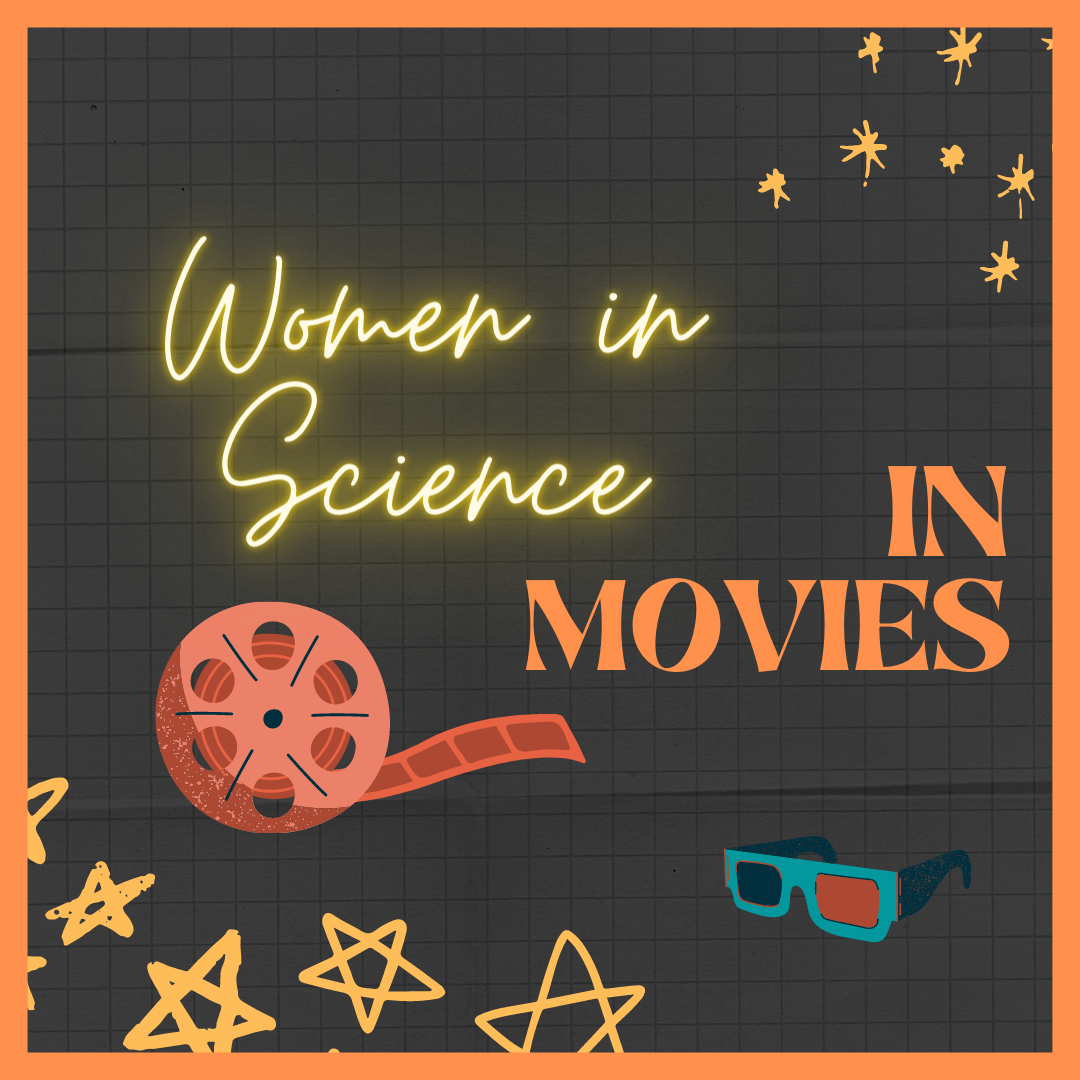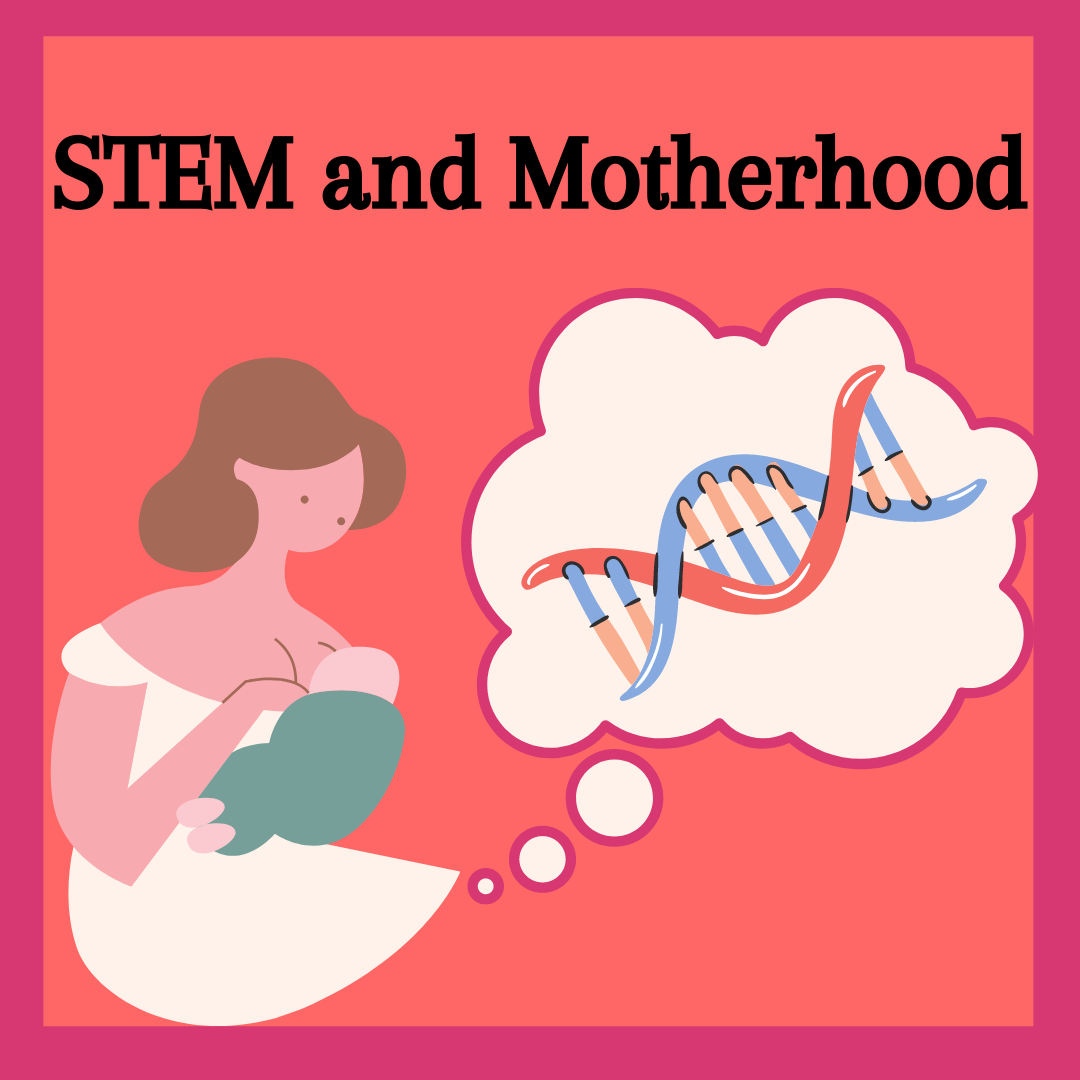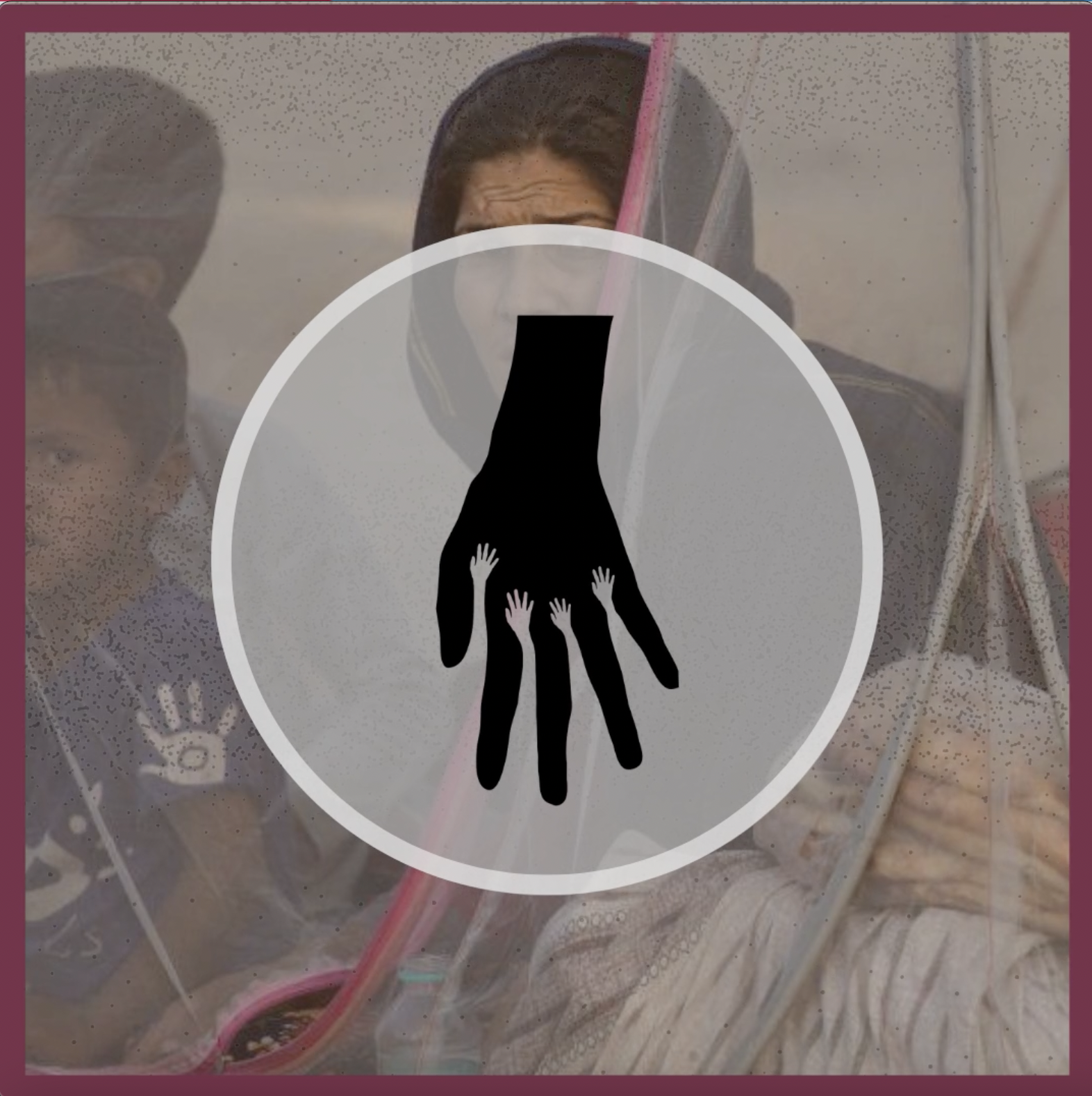It’s Friday night, and you’ve just had a long week of being far too productive. But the weekend is finally here, so you can give yourself some much needed time off. So you decide to sit back, and enjoy a movie, but you can’t decide what to watch. Well, you don’t want to waste your relaxation time scrolling through Netflix looking for a film. Here are five movies/ shows that beautifully represent women in STEM that will make your Friday evening that much more exciting and inspiring.
Movies and film have a way of impacting society over a lasting period of time. This is why representation is so important in these films. So, let’s have a look at some of the films that honored their responsibility to represent Women in STEM, and doing it well.
1. The Contagion
Yes, I know we’ve had firsthand experience with our very own pandemic, so this film might hit a little too close to home. But give it a chance.The Contagion is a story about how a deadly virus spreads rapidly from animal to human and causes an epidemic. Dr. Erin Mears, played by Kate Winslet, a member of the CDC and EIS, is put in charge of controlling the disease and finding a vaccine. Mears is a strong female character, showing in depth knowledge about the science behind the epidemic and how to control it. She points out that the frequency with which humans interact is what helps the virus spread faster. We are now painfully aware of how correct she was.

Erin Mears’ character has several parallels in our own universe. Women like Sarah Gilbert and Özlem Türeci have worked tirelessly to create vaccines for COVID-19. Talking about these women, whether fictional or otherwise, is extremely important. It shows young girls that they too can one day be lifesaving heroes. Kudos to movies like The Contagion for portraying women in STEM taking action in the field.
2. Away
If you have Netflix, you have undoubtedly watched the trailer for the recent series, Away. As an aspiring astronaut, this show definitely inspired me more than the typical male-centric space movies have.

Away is about the astronaut Emma Green, and her mission to Mars. She is in command of an international crew, the first human mission to another planet. The show focuses on interpersonal relationships. These include those between Emma and her family on Earth, and that of the crew itself. Watching a woman being in a leadership position in a scientific journey was empowering and motivating, to say the least.
Watching Emma Green front and center felt almost like an homage to the hidden figures that were so often left out of acknowledgement. It gives hope, that perhaps if Mileva Marić had been born today, she would have received the recognition she deserved for her role in the General Theory of Relativity. Away is definitely a show that I would recommend to anyone who is interested in science fiction.
3. Avatar (2009)
This movie was a worldwide phenomenon the year it came out. The VFX Animations were unparalleled, and its broadly appealing aesthetics and storyline made it so memorable that even a decade later, it is considered a marvel. But not only was the movie enjoyable to watch, it portrayed very important elements of society, like women in STEM. The prime example of this is Dr. Grace Augustine, the ‘xenobotanist’ in charge of the Avatar Program.
Dr. Grace Augustine is an example of a woman who is willing to go beyond her comfort zone for the sake of scientific development. She is eager to learn about new and diverse cultures. Her character promotes curiosity amongst young girls, and makes them believe that they too can be like her one day. Avatar’s broad target audience ensures that the youth of today imbibe the values that it teaches, and portraying a role model like Dr. Augustine promotes women in STEM. If you haven’t watched this movie already, it’s definitely one that I would recommend. This time noticing how it goes beyond a cinematic experience.
4. Enigma (2001)
During World War 2, the Nazis had developed a code so difficult to break that the British Government needed to create an entire secret network dedicated to just cracking it. This was known as the infamous Enigma Code. Most of the stories told about the Enigma Code largely revolved around the male contributions to breaking it. But Enigma (2001) introduces and portrays the 8000 women (known as the WRENS) who helped break the code. These women were originally a part of the Women Royal Naval Service, and were told to report to Bletchley Park on account of their remarkable recommendations and mathematical abilities. Here, they worked day and night secretly winning the war for England, seeking no recognition. If they were ever asked what they were doing, their answer was supposed to be ‘secretarial work’.

Enigma (2001) follows the journey of the WRENS as well as the genius Tom Jericho as they try and succeed in breaking the Enigma code. This is a very cerebral film, and one that is very important to watch. It represents the efforts of those who work behind the scenes. The women of Bletchley Park all but saved the world from the Nazis, and they did it quietly. Enigma (2001) does its part in ensuring that people know of the existence of these women. Better late than never, I guess.
5. The Imitation Game
Similar to Enigma, The Imitation Game also revolves around the Nazi’s Enigma Code. It focuses on Alan Turing and Joan Clarke as their team attempts to break the German’s code during the Second World War. Joan Clarke, played by Keira Knightley, is a sharp, witty and incredibly intelligent mathematician. One of the more realistic and necessary points about representation in this film is that it portrays the discrimination that women of intellect faced in the 1900s. Joan Clarke is not allowed, by her parents, to leave her home to pursue the Enigma code. Thankfully, she deceptively manages to convince them to let her go. Joan is the only woman on the team, but she does not allow herself to be marginalized or intimidated by the men in the group.
The film does a beautiful job of portraying the subtle misogyny that was prevalent at the time. Men automatically assuming they were smarter than Joan, only to be proven wrong when she annihilates them at a puzzle happens to be a tradition we still carry have in the field. Really, wake up.

Not only does The Imitation Game represent women in STEM, it is also a poignant portrayal of the homophobia prevalent at the time. Alan Turing had practically won the war for the Allies during the World War, but his life was made miserable by the British homophobic laws. He was forced to take ‘medication’ and ‘hormone treatment’ to ‘fix’ his sexuality, the effects of which made his mental health so fragile that he took his own life in 1954. The brilliant acting of Benedict Cumberbatch and Keira Knightly make it an enjoyable movie, while also teaching us very important lessons about society. This one is definitely a must watch.
Sit back and enjoy
We hope you enjoy these movie recommendations! You can find more films about women in STEM in Part 1 of Reel V/S Real. Film is one of the most prevalent modes of communication in our times, and using it to represent the marginalized is extremely important. We have grown up on a diet of The Martian, Interstellar, and other male dominated science movies. But these represent a distorted gender proportion, one that isn’t reflective of real society. But movies like Avatar and The Imitation Game are the reel-ized versions of the real. They represent dynamic women, who have a purpose of their own, independent of the needs of the men around them. They represent real women. But most importantly, they remind us,
“Women in Science? We exist!“
If you like this post, you may like some of our other work too!
- March 2022
- August 2021
- July 2021
- June 2021
- May 2021
- April 2021
- March 2021
- February 2021
- January 2021
- December 2020
- November 2020
- October 2020
- September 2020
- August 2020
- July 2020
- June 2020
- May 2020
Subscribe to help us notify you of our new posts!




Leave a Reply